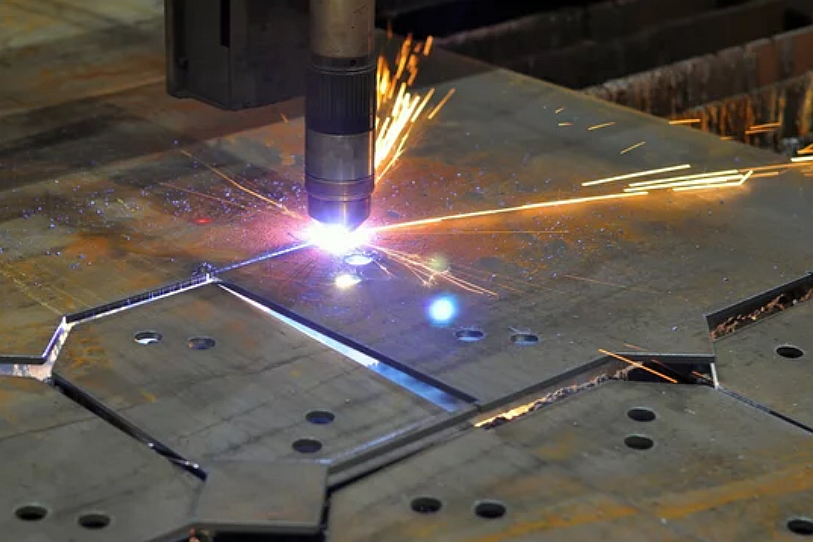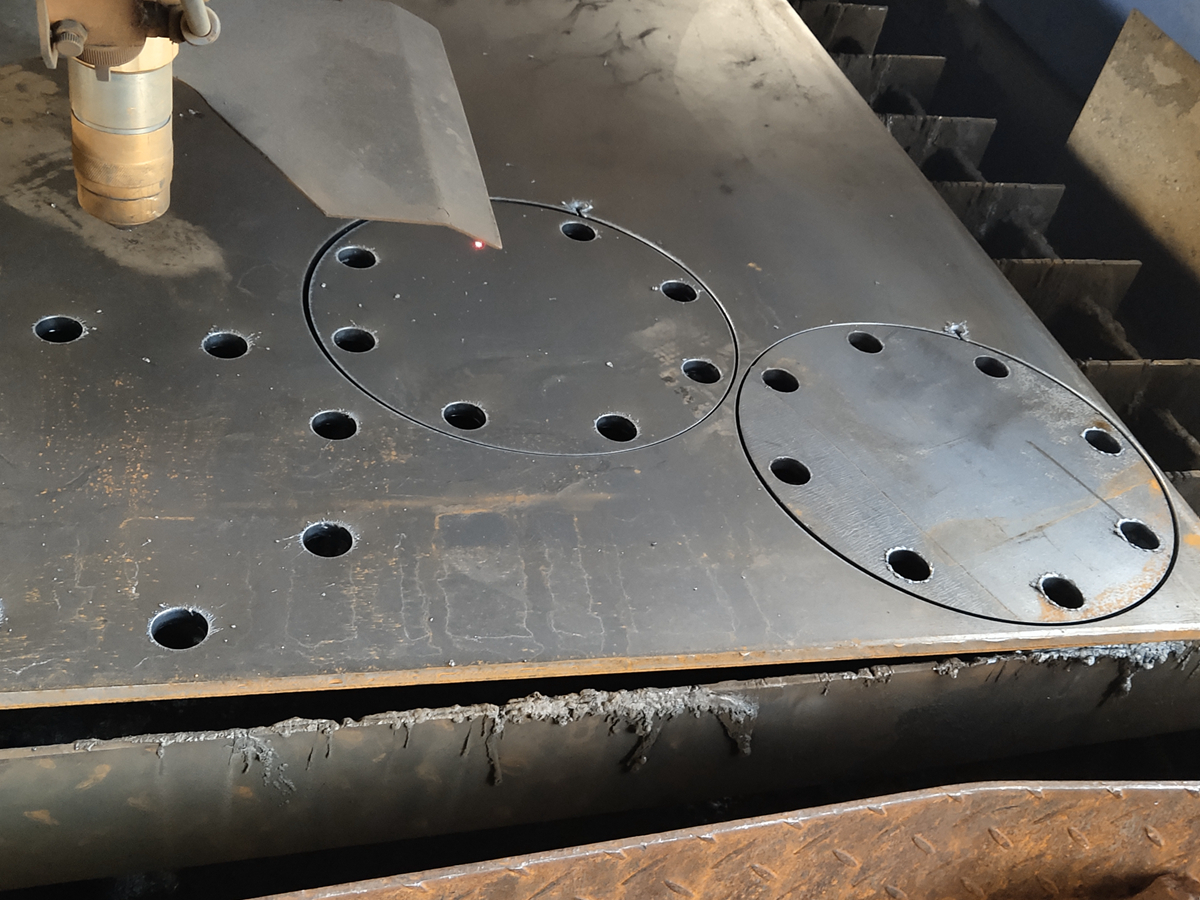What are the main cost advantages of using plasma cutting in manufacturing?
Overview: Why Plasma Cutting Reduces Manufacturing Costs
Plasma cutting is widely recognized for reducing total production costs across various industries, including automotive, aerospace, and energy. Its high cutting speed, minimal tooling requirements, and ability to process a broad range of metals significantly reduce both direct and indirect manufacturing expenses. For companies producing structural frames, brackets, housings, or custom metal components, plasma cutting provides one of the most cost-effective solutions.
Lower Operational Costs Through Faster Throughput
One of the primary economic benefits comes from its ability to cut quickly with minimal preparation. Plasma systems outperform manual techniques and often surpass processes such as sheet metal stamping and heavy mechanical cutting when working with thicker materials. This speed advantage reduces production cycles and supports rapid part delivery, especially when integrated with sheet metal fabrication workflows.
Compared to thermal processes such as laser cutting, plasma cutting offers competitive speed at a significantly lower equipment investment, making it ideal for facilities requiring high volume or mixed-material processing. When combined with flexible workflows such as prototyping and custom parts manufacturing, operational efficiency increases even further.
Reduced Tooling and Setup Costs
Because plasma cutting relies on an ionized gas arc rather than physical tooling, there is no need for dies, blades, or frequent tool changes. Traditional cutting methods often incur high maintenance and tooling replacement costs, especially in heavy industrial environments. Plasma eliminates these expenses and minimizes downtime. Its compatibility with upstream processes—such as metal bending and laser cutting—also boosts overall workflow flexibility.
Material Cost Savings Through Versatility
Plasma cutting efficiently processes a wide range of metals, enabling manufacturers to select the most cost-effective alloys for their specific applications. This versatility includes:
carbon steel for general manufacturing
cast stainless steel for corrosion-resistant parts
cast aluminum for lightweight structures
copper alloy for electrical components
magnesium alloy for lightweight, high-performance assemblies
Manufacturers avoid material wastage because plasma achieves narrow kerf widths, precise profiles, and minimal thermal distortion—even on cast geometries originating from processes such as gravity casting or sand casting.
Lower Finishing Costs With Clean Cut Edges
Plasma cutting produces smooth edges with minimal burrs, reducing the need for extensive post-processing. When secondary finishing is required, streamlined methods such as sandblasting and polishing are typically sufficient. This reduces labor hours, consumables, and overall finishing costs.
Industries such as telecommunications, lighting solutions, and power tools benefit greatly from these efficiencies, especially when producing high-volume brackets, enclosures, and electrical frames.
High Return on Investment for Manufacturers
Plasma cutting equipment is more affordable than high-end laser systems and requires less maintenance compared to mechanical cutters. Reduced wear, rapid throughput, and flexible material compatibility ensure lower long-term total cost of ownership. For manufacturers scaling production or handling varied metal types, plasma technology offers a fast ROI with stable operational expenses.



